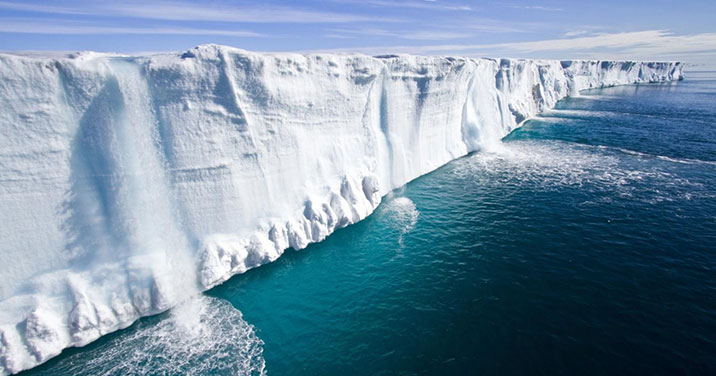
New Thinking on Melting Sea Ice
As you probably know, the disappearing polar ice caps have raised alarms all over the world. Yet what if there turns out to be an unexpected side benefit to all of that sea ice that is clearly melting away? Read on to learn why melting sea ice could result in rather positive benefits.
What if melting sea ice actually aids aquatic sea life? At first glance, that may look to be a nonsensical question. Yet as you are about to discover that is exactly what is going on. Start with a term you will want to get acquainted with, that of melt pond.
A melt pond is the end result of melting snow and sea ice. Note that these melt ponds actually form directly on top of existing sea ice. Understandably, every year that global warming increases, there are both more and larger melt ponds forming across the polar sea ice.
Here’s what you need to understand about these melt ponds. First, note that the melt ponds provide more light as well as heat for both the ice as well as the sea water underneath. But here is where it really gets interesting. These melt ponds actually form their own little ecosystems.
During the summer months, the sea ice melts and the algae and other organisms from these melt ponds are directly released into the water. Some of these organisms are readily consumed by organisms that live in the upper regions of the ocean. The remainder of the organisms slowly but surely sink to the ocean bottom and are subsequently consumed by bottom dwellers.
Naturally as more ice melts, the greater the number and the size of the melt ponds. As these melt ponds continue to increase in size, increasing amounts of nutrients are being directly released into the ocean environment.
What does all of this really mean? In short, the vanishing polar ice caps are increasing the size and number of melt ponds. That means that an entire polar aquatic food chain is being provided with increasing amounts of nutrients.
From simple krill and copepods in the upper regions of the polar sea to the fish, seals and whales in the middle regions and even the bottom dwellers such as sea cucumbers the entire polar aquatic food chain is being enhanced.









